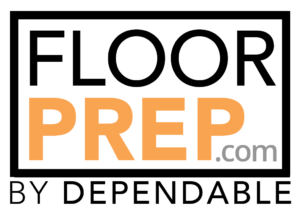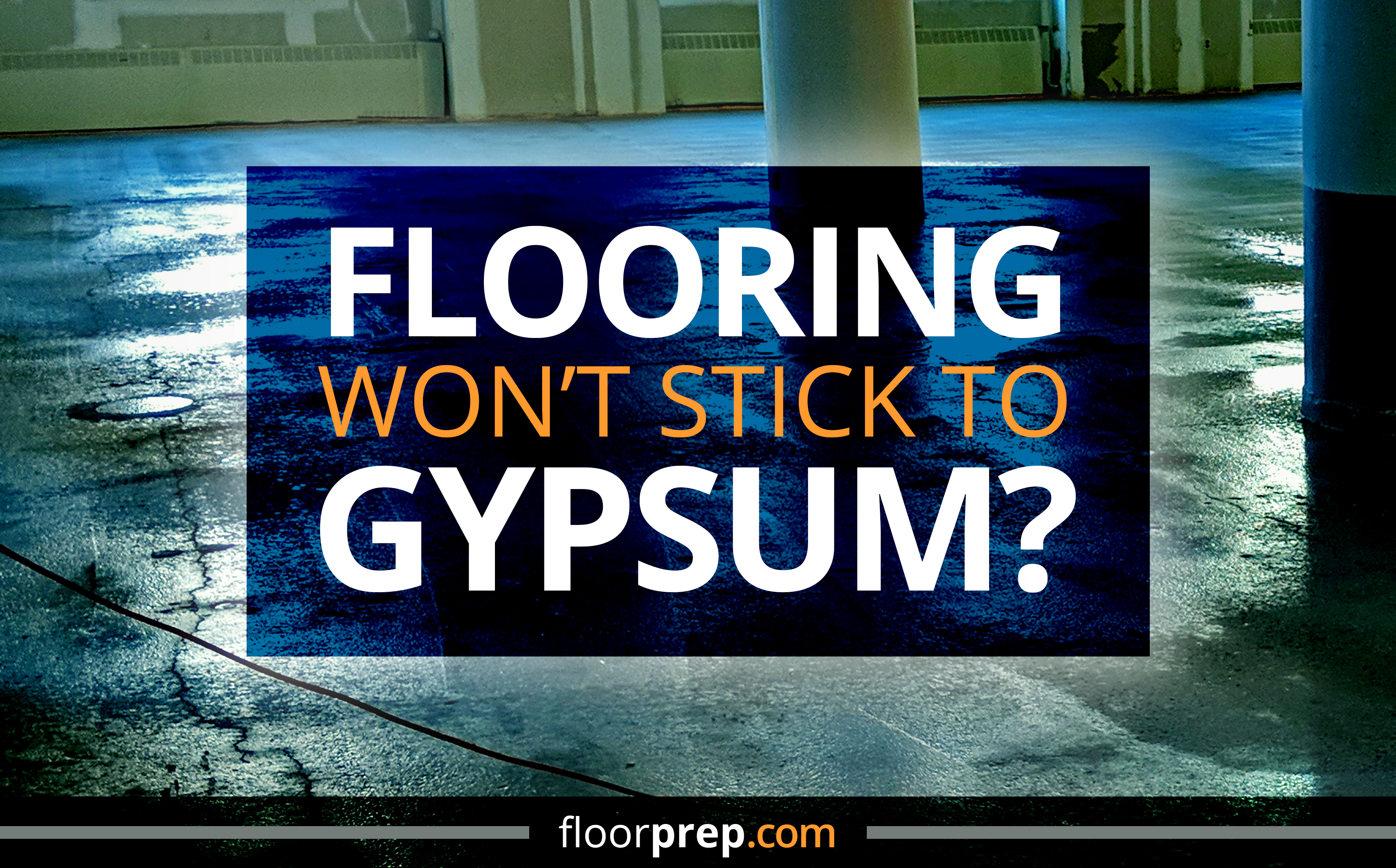Posts Tagged ‘underlayment’
New Year | New Look | Same Quality Products
Since opening our doors in 1951, Dependable, LLC has continuously sought new ways to improve our products & our brand for the benefit of our customers. Because we have kept up with new technologies and customer demands, our high-quality products have become a staple throughout the flooring underlayment industry. In an effort to continue this…
Read MoreYour Floor Is Only As Good As Your Platform
While carpet and carpet pads hide a lot of deficiencies found in typical subfloors, things like wood, tile, and LVT/LVP flooring reflect those deficiencies: Uneven joints between planks, sheets and tiles; Floors with obvious slopes, bumps, ridges and/or rolls, etc. These deficiencies can quickly turn what was anticipated to be a beautiful LVP floor into…
Read MoreFlooring Won’t Stick To Gypsum?
Why Won’t It Stick? Many installers experience a huge problem when applying flooring on new or old gypsum substrates: their glue or patch just won’t stick to the slab. More often than not, this is attributed to gypsum lacking the integrity to accept many floor coverings. Thankfully, there is a simple method for making gyspum…
Read MoreProject Profile Using GSL K2.6
A new 2 story condominium complex was being designed in Plainfield, Indiana. One important aspect that any home needs is a well-designed floor ceiling assembly. To achieve this, Dependable, LLC’s GSL® K2.6 was used for the floor underlayment. GSL K2.6 gypsum cement is an underlayment designed to provide code compliance in wood and concrete UL fire rated…
Read MoreProject Profile on Apartment, Denver CO
This private apartment located in Denver, CO was in need of a new floor. Trained flooring contractors installed the durable, high strength GSL® K2.6, a gypsum self leveling underlayment to the subfloor. In a single pour, applications from 0.375” up to 3” depth can be achieved. The medium flow GSL® with self-leveling consistency remains placable for nearly 30 minutes, yet…
Read MoreCheck out Dependable’s Underlayment Line Brochure
For more information on the Dependable Underlayment Line click here: https://www.floorprep.com/underlayments/
Read More“Will the genuine crack isolation membranes please step forward”
“The Tile Council of North America (TCNA) in its “Membrane Selection Guide” provides the following definition. “Crack Isolation membranes (ANSI A118.12) for thin-bed ceramic, glass and stone installations act to isolate the tile from minor in-plane substrate cracking. Membranes covered by this definition are bonded to a variety of manufacturer-approved substrates covered by ANSI specifications.…
Read More“A Look at Underlayments Part 1: Primers, Patches and Self-Levelers”
“Underlayments, like most subfloor preparation products, are the invisible and often unsung essentials of any professional flooring installation. These crucial products ensure the subfloor is primed and ready to accept further materials – whether that be a crack isolation membrane, a backerboard, flooring underlayment or the flooring itself. In part one of our two-part look…
Read More“ACT Membranes”
“…The membrane types included in this test focus solely on: Waterproofing: ANSI A118.10 American National Standard Specifications for Load Bearing, Bonded, Waterproof Membranes for Thin-set Ceramic Tile and Dimension Stone Installation Crack isolation: ANSI A118.12 American National Standard Specifications for Crack Isolation Membranes for Thin-set Ceramic Tile and Dimension Stone Installation. These membranes provide a waterproof barrier…
Read More“Resilient Flooring Adhesives: Working with the Right Product”
“With the popularity of LVT still high, resilient flooring shows no signs of slowing down. More customers looking to have resilient installed in both residential and commercial settings have brought new advances to the segment as manufacturers look to create products for every type of resilient floor, and for every type of setting. Question is,…
Read More

